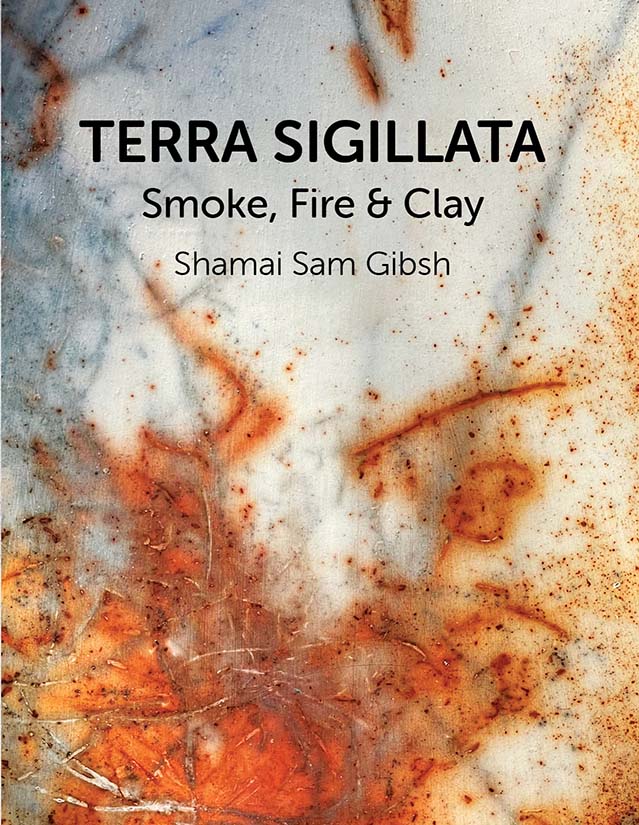Ilsy Jeon speaks with Hitomi and Takuro Shibata about their book Wild Clay co-authored by Matt Levy and published by Bloomsbury Publishing. The book not only provides an introduction and historical context to the material but also includes scientific breakdowns
…

